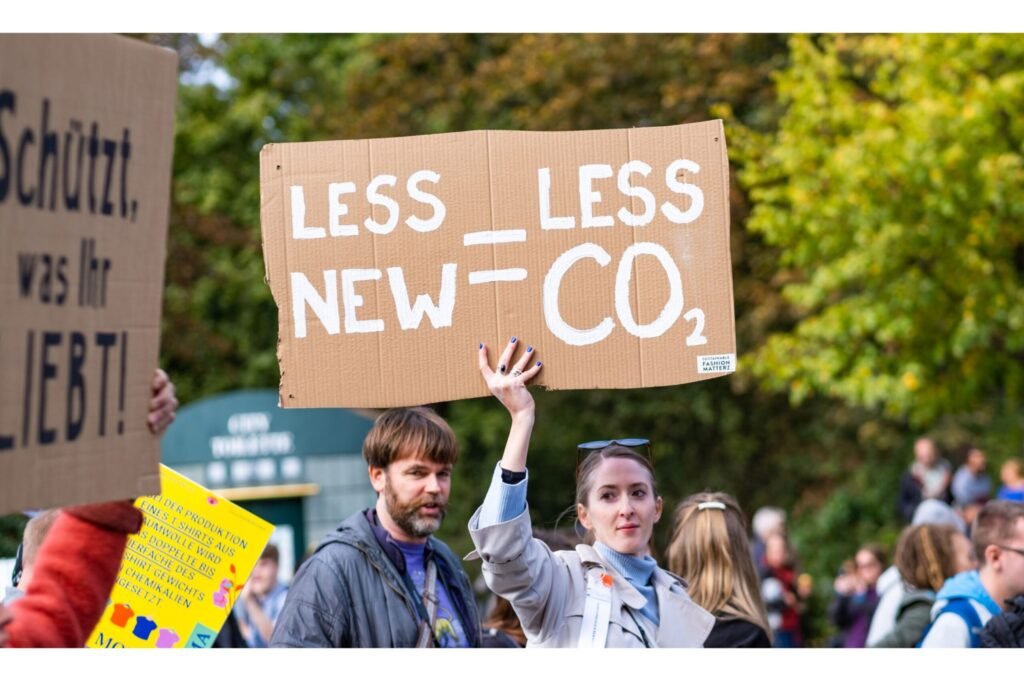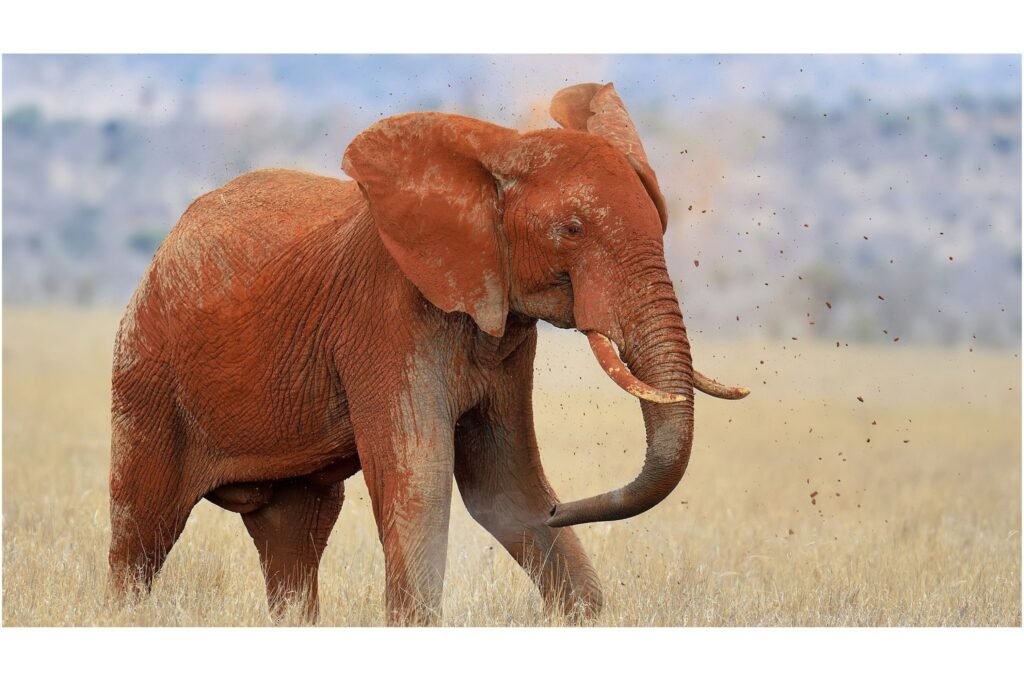Biodiversity is the variety of life on Earth, including plants, animals, microorganisms, and the ecosystems they form is essential for ecosystem stability, human survival, and cultural heritage. However, it faces unprecedented threats, particularly from climate change. As temperatures rise and weather patterns shift, ecosystems are being disrupted, endangering countless species. This article explores the challenges of conserving biodiversity in the face of climate change and potential solutions to mitigate its impact.
Understanding Climate Change

To address biodiversity loss, it is crucial to understand climate change and its mechanisms. Climate change primarily results from increased greenhouse gases due to human activities such as burning fossil fuels, deforestation, and industrial processes. These activities contribute to global warming, triggering shifts in weather patterns, rising sea levels, and more frequent extreme weather events. These changes, in turn, have cascading effects on natural habitats and species.
Impact on Habitats

Climate change is drastically altering natural habitats. Forest ecosystems are shifting as tree species compositions change, coral reefs are bleaching due to warming oceans, and polar ice is melting at an alarming rate, threatening Arctic and Antarctic species. Many species must migrate to find suitable environments, leading to increased competition and new ecological dynamics. However, not all species can relocate, particularly those with geographic limitations or slow adaptation rates, putting them at risk of extinction.
Species Adaptation Challenges

While some species may adapt to changing environments, the rapid pace of climate change presents a significant challenge. Natural selection, which drives species adaptation over time, cannot always keep up with such swift environmental shifts. Species with long generational cycles, specific habitat requirements, or limited dispersal abilities are particularly vulnerable. Additionally, as populations decline, genetic diversity diminishes, reducing species’ ability to adapt and survive.
Disruption of Ecosystem Services

Biodiversity underpins critical ecosystem services, including pollination, water purification, and carbon sequestration. Climate change disrupts these services, posing risks to both ecosystems and human societies. For instance, declining pollinator populations threaten global food security, while altered water cycles and increased evaporation contribute to water shortages. Such disruptions underscore the urgent need for conservation efforts to maintain ecosystem stability.
Invasive Species and Disease

As climate zones shift, invasive species gain opportunities to establish themselves in new areas, often outcompeting native species. These invasive species thrive in disturbed ecosystems, significantly altering biodiversity. Additionally, changing climates facilitate the spread of diseases, posing further threats to native populations. For example, warmer temperatures and altered rainfall patterns enable pests and pathogens previously confined to tropical regions to expand into temperate zones.
Conservation Strategies and Challenges

Conserving biodiversity in a changing climate requires adaptive and integrative strategies. Traditional conservation methods, such as protected areas, must be dynamic to accommodate shifting ecosystems. Assisted migration—relocating species to more favorable habitats is a potential strategy but remains controversial due to the risk of unintended ecological consequences. Additionally, maintaining genetic diversity and restoring degraded habitats can enhance species’ resilience to climate change.
Community Involvement and Policy

Effective biodiversity conservation requires collaboration among local communities, governments, and international organizations. Community-based conservation empowers local populations to manage natural resources sustainably, ensuring long-term success. On a policy level, integrating biodiversity into climate action is crucial. International agreements, such as the Paris Agreement and the Convention on Biological Diversity, play essential roles in addressing the interconnected challenges of climate change and biodiversity loss.
Conclusion

The conservation of biodiversity amid climate change is a complex yet essential challenge. While the obstacles are significant, they are not insurmountable. By improving our understanding of climate impacts, refining conservation strategies, and fostering global cooperation, we can safeguard Earth’s biodiversity for future generations. The path forward requires collective effort, but preserving the natural world is a responsibility we must embrace.




